Scaffolding Companies Savannah
Find the best Scaffolding Contractors in Savannah
Get 3 FREE Scaffolding Company quotes for your project today! Compare profiles, reviews, accreditations, portfolio, etc... and choose the best deal.

Performance Contracting Inc
2.47 reviews1430 E. Weisgarber, Knoxville, 37909, USPerformance Contracting, Inc. is a leading specialty contractor in the United States, providing a comprehensive range of solutions and services to its valued clients. With over 60 years of industry experience, PCI expertly delivers innovative solutions tailored to the specific needs of diverse market sectors. The company's dedication to excellence ensures that it consistently meets and exceeds customer expectations, setting the standard in the construction industry. PCI's people-centric culture is nurtured by employees who embody its core values daily, and it's passionate about empowering them to achieve their greatest potential. The company's safety program is award-winning, providing training and keeping workers fully dedicated and accountable to the safety and integrity of every project and property. PCI's versatility and extensive knowledge of insulation and specialty services provide quality workmanship, superior project management, and exceptional safety performance.
- Services
- Why Us?
- Gallery
Get Quote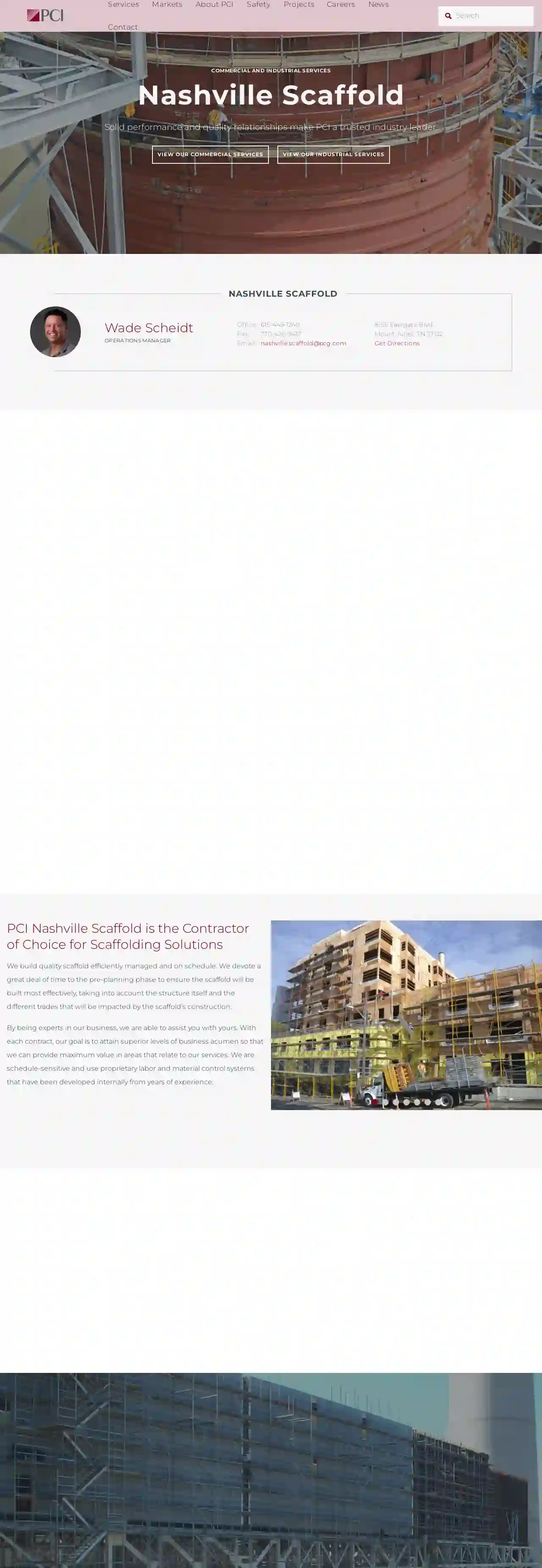
Performance Contracting Inc
4.52 reviewsMount Juliet, TN, 8155 Eastgate Blvd., 37122, USPerformance Contracting, Inc. (PCI) is a leading specialty contractor in the United States, providing a wide range of services and products to industrial, commercial, and non-residential sectors. PCI is a 'one-stop-shop' contractor, offering comprehensive solutions tailored to clients' specific needs. The company prioritizes safety, with an award-winning 'Target Zero Incidents' safety program that ensures a secure and efficient work environment for all projects. PCI's commitment to excellence and customer satisfaction sets them apart as a trusted industry leader.
- Services
- Why Us?
- Accreditations
- Our Team
- Testimonials
- Gallery
Get Quote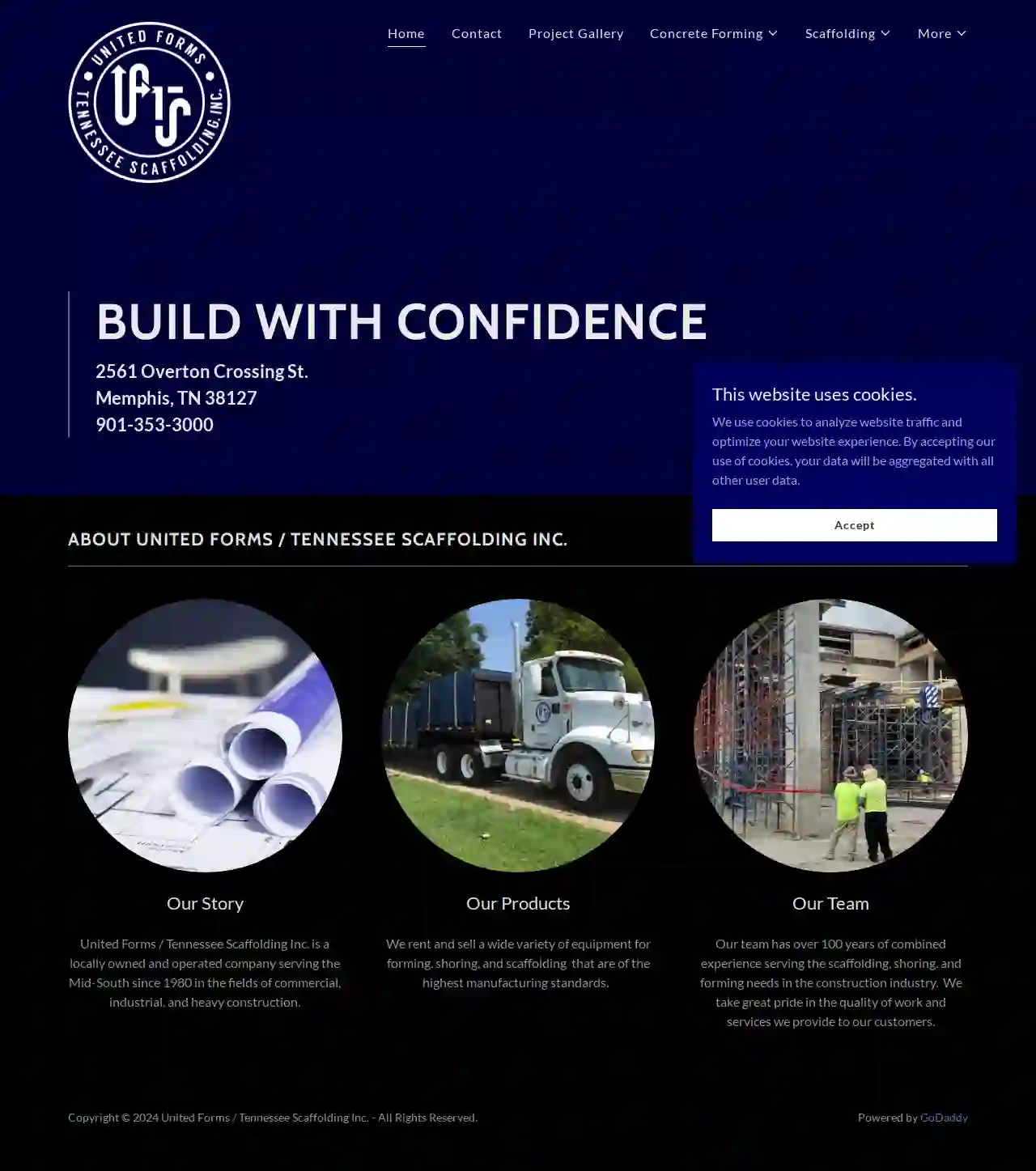
United Forms/Tennessee Scaffolding Inc.
4.115 reviews2561 Overton Crossing St., Memphis, 38127, USUnited Forms / Tennessee Scaffolding Inc. is a locally owned and operated company serving the Mid-South since 1980 in the fields of commercial, industrial, and heavy construction. We rent and sell a wide variety of equipment for forming, shoring, and scaffolding that are of the highest manufacturing standards. Our team has over 100 years of combined experience serving the scaffolding, shoring, and forming needs in the construction industry. We take great pride in the quality of work and services we provide to our customers.
- Services
- Why Us?
- Gallery
Get Quote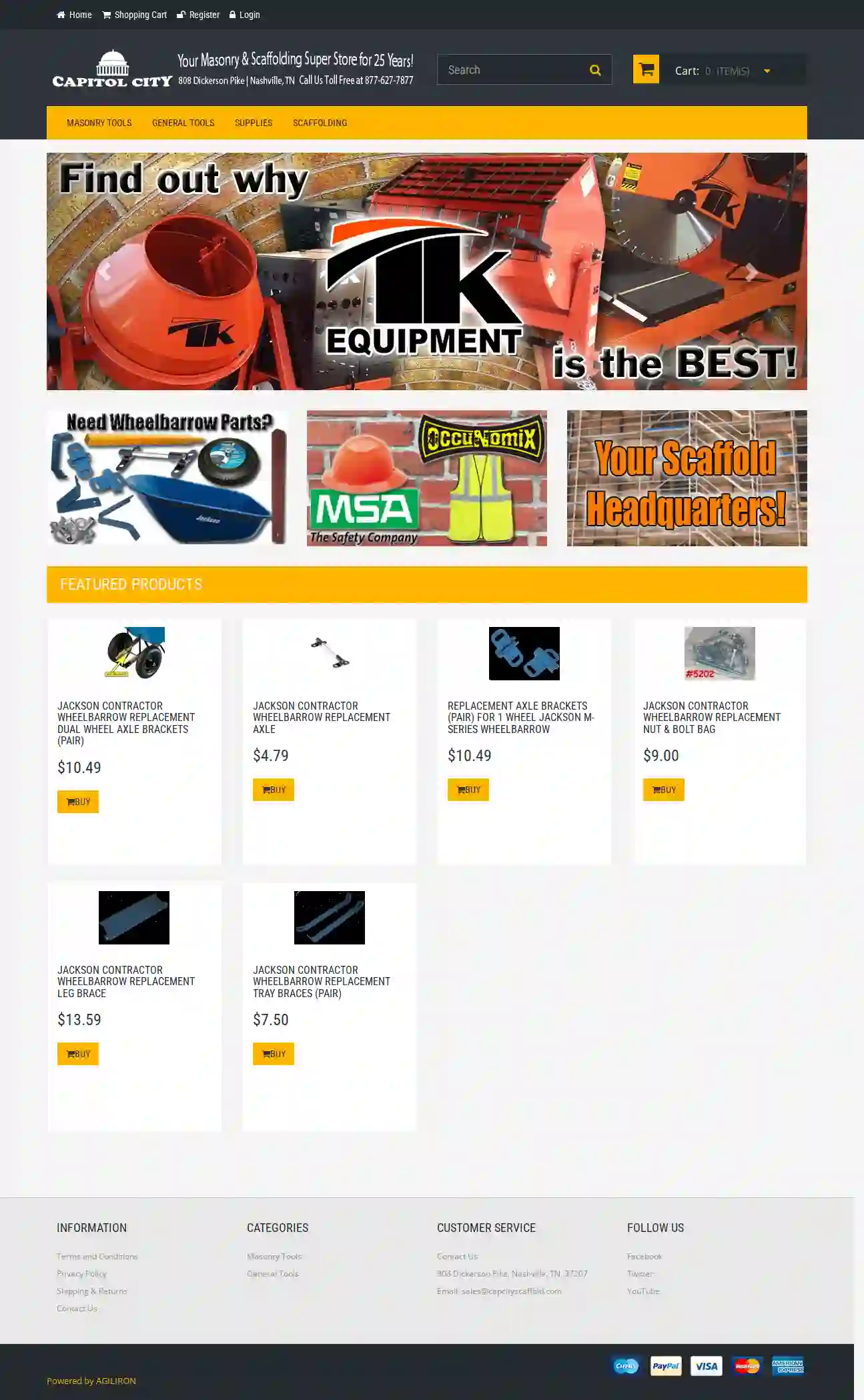
Capitol City Scaffolding And Equipment
4.743 reviews808 Dickerson Pike, Nashville, TN, 37207, USAbout CapCity Scaffold CapCity Scaffold is your one-stop shop for all your scaffolding needs. We offer a wide variety of scaffolding products, including scaffolding, ladders, and other construction equipment. We are committed to providing our customers with the highest quality products and services at competitive prices. Our team of experts is always available to answer your questions and help you find the right products for your needs. We are proud to serve the Nashville, TN area. We are committed to providing our customers with the best possible service and support. We are always looking for ways to improve our products and services. We are committed to providing our customers with the best possible experience.
- Services
- Why Us?
- Gallery
Get Quote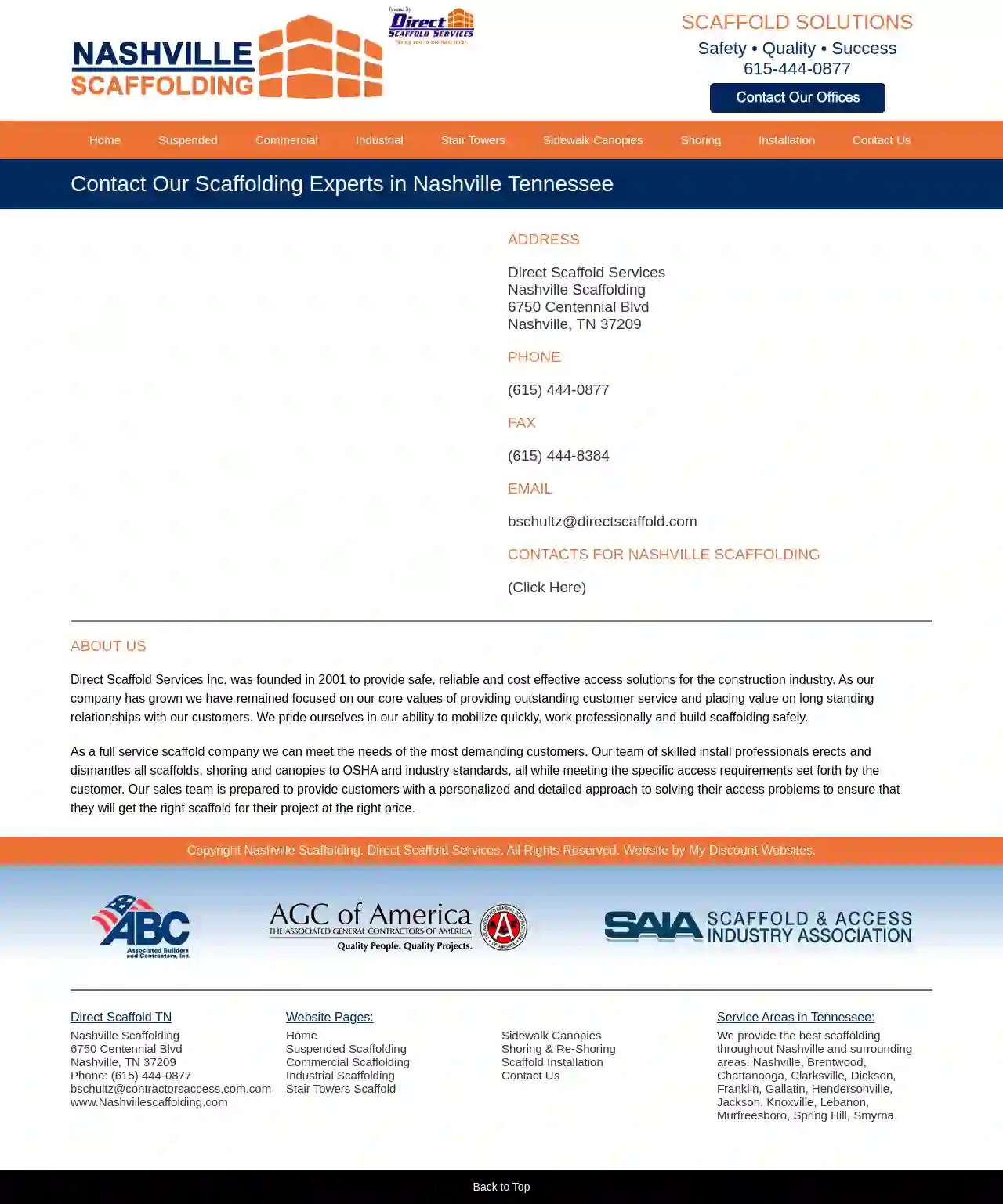
Direct Scaffold Services / Nashville Scaffolding
4.414 reviews6750 Centennial Blvd, Nashville, 37209, USDirect Scaffold Services Inc. was founded in 2001 to provide safe, reliable and cost effective access solutions for the construction industry. As our company has grown we have remained focused on our core values of providing outstanding customer service and placing value on long standing relationships with our customers. We pride ourselves in our ability to mobilize quickly, work professionally and build scaffolding safely. Our team of skilled install professionals erects and dismantles all scaffolds, shoring and canopies to OSHA and industry standards, all while meeting the specific access requirements set forth by the customer. Our sales team is prepared to provide customers with a personalized and detailed approach to solving their access problems to ensure that they will get the right scaffold for their project at the right price.
- Services
- Why Us?
- Accreditations
- Gallery
Get Quote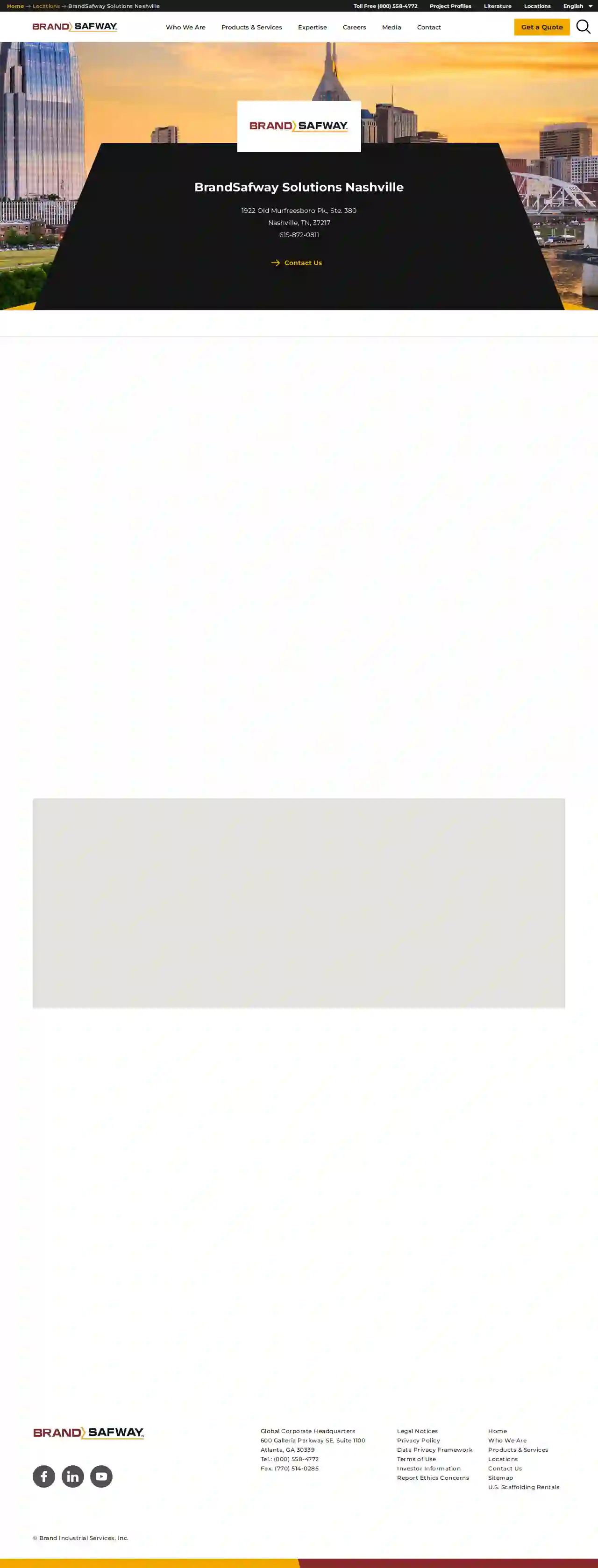
BrandSafway Solutions Nashville
3.619 reviews123 BrandSafway Drive, Nashville, 37209, USBrandSafway is a leading provider of access solutions, including scaffolding, aerial work platforms, and forming and shoring. With a strong commitment to safety, quality, and customer satisfaction, BrandSafway offers a wide range of services tailored to meet the unique needs of clients across various industries. Their team of experienced professionals is dedicated to delivering innovative solutions that enhance efficiency and productivity, ensuring successful project outcomes.
- Services
- Why Us?
- Accreditations
- Our Team
- Testimonials
Get Quote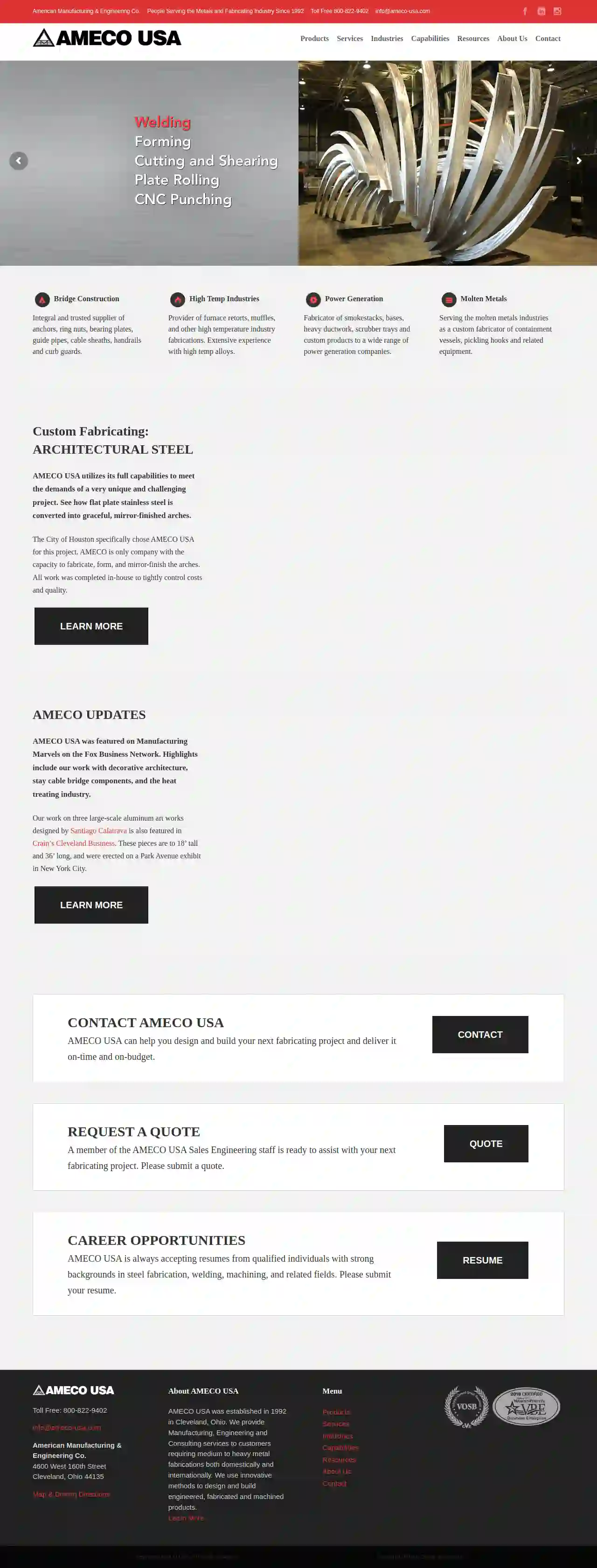
AMECO USA
4.710 reviews4600 West 160th Street, Cleveland, 44135, USAbout AMECO USA American Manufacturing & Engineering Company (AMECO USA) was established in 1992 in Cleveland, Ohio. AMECO USA provides Manufacturing, Engineering and Consulting services to customers requiring medium to heavy metal fabrications. AMECO USA is a full custom solutions provider to industrial manufacturing companies both domestically and internationally. We specialize in innovative methods to design and build Engineered fabricated and machined products.
- Services
- Why Us?
- Accreditations
- Our Team
- Gallery
Get Quote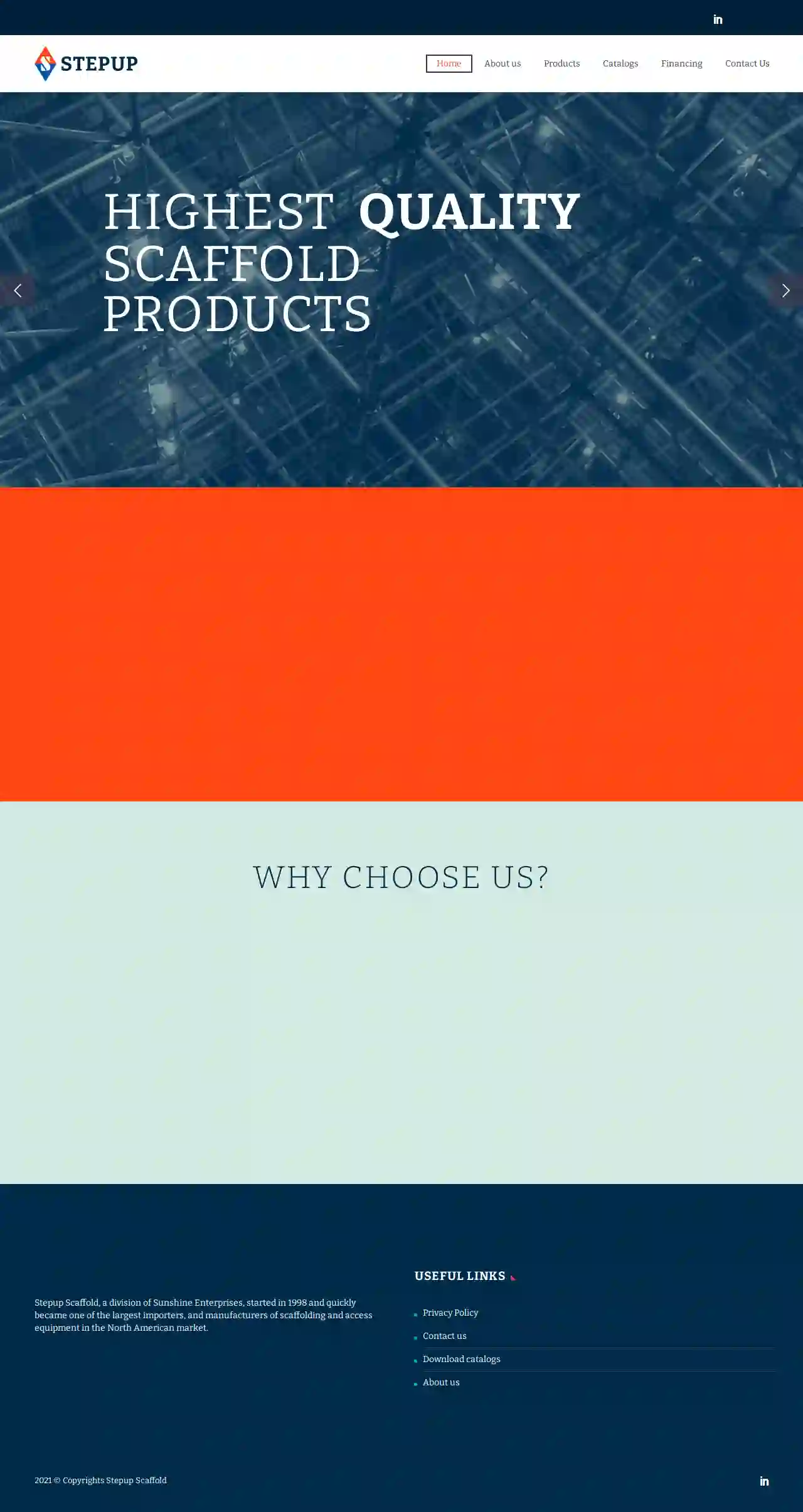
StepUP Scaffolding LLC - Corporate Headquarters
51 reviewsMiami, FL, USA, 1234 NW 12th St, 33122, USStepUp Scaffold, a division of Sunshine Enterprises, started in 1998 and quickly became one of the largest importers and manufacturers of scaffolding and access equipment in the North American market. Our commitment to Quality, Service, and Satisfaction influences everything we do. We believe that a high tide raises all boats, so to raise everything and everyone, our statement of purpose, simply put is that “We elevate our employees, customers, and industries to safely move, build, and maintain the world.”
- Services
- Why Us?
- Accreditations
- Our Team
- Testimonials
- Gallery
Get Quote
Volunteer NDT Corporation
4.49 reviewsChattanooga, USAt Volunteer NDT Corporation, we pride ourselves on being honest, reliable, hardworking, and well-informed. Our team takes pride in their work and is dedicated to serving our clients well. With over 30 years of experience in the industry, we have the resources and expertise to provide top-notch inspection and scaffolding services. Our inspection services include a range of methods, such as visual inspection, ultrasonic testing, dye penetrant testing, magnetic particle testing, magnetic lift-off, leak testing, and positive material identification. Our technicians are qualified and certified in accordance with SNT-TC-1A and possess meticulous attention to detail, problem-solving skills, and a deep understanding of critical path. Our scaffolding services include supported scaffolds, rolling scaffolds, stair towers, shoring scaffolds, trash chutes, and scaffold rentals. We offer a multi-component, engineered scaffold system designed to interlock directly together for the construction of patented or customized scaffold designs. Our scaffolds are erected in compliance with local, state, and federal regulations.
- Services
- Why Us?
- Accreditations
- Gallery
Get Quote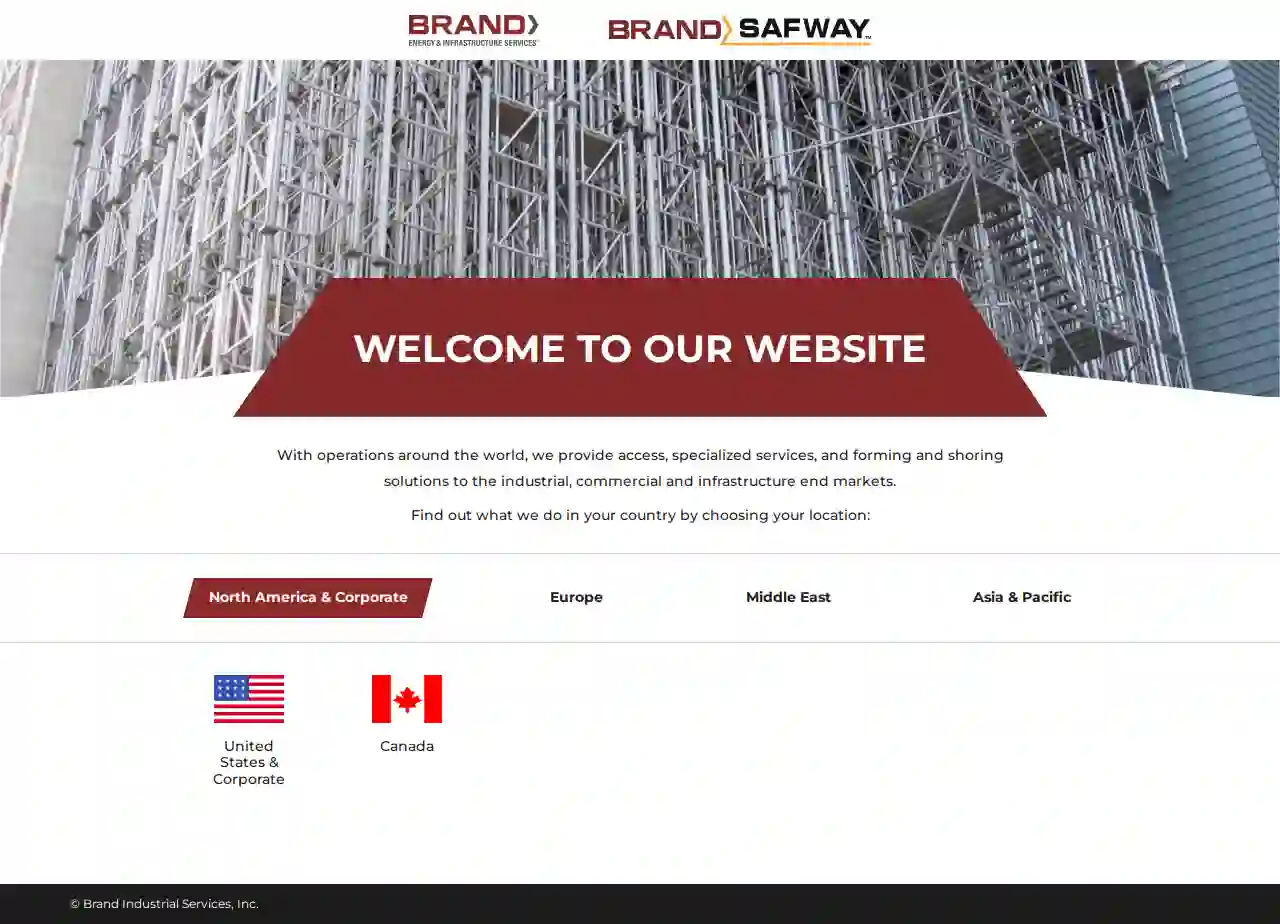
Brand Energy and Infrastructure Services
Nashville, USWelcome to our website. With operations around the world, we provide access, specialized services, and forming and shoring solutions to the industrial, commercial, and infrastructure end markets. Find out what we do in your country by choosing your location: North America & Corporate Europe Middle East Asia & Pacific United States & Corporate Canada Belgium France Germany Netherlands Romania U.K. Saudi Arabia United Arab Emirates Australia India © Brand Industrial Services, Inc.
- Services
- Why Us?
- Gallery
Get Quote
Over 2,353+ Scaffolding Contractors registered
Our scaffolding companies operate in Savannah and surroundings!
ScaffoldingHQ has curated and vetted Top Scaffolding Companies in Savannah. Find the most trustworthy contractor today.
Frequently Asked Questions About Scaffolding Companies
- A temporary structure with a larger platform for workers and materials.
- Offers greater stability and working space.
- Suitable for tasks requiring movement and multiple workers.
- Used for higher elevations and more complex projects.
- Used for reaching specific points at height for short durations.
- Less stable than scaffolding, requiring more caution and balance.
- Not suitable for tasks involving heavy materials or extended work periods.
- Regulations: Local regulations often specify minimum inspection intervals.
- Project Type and Duration: Long-term projects or those in challenging environments may require more frequent inspections.
- Weather Conditions: Severe weather (storms, high winds) can necessitate additional inspections.
- Any Alterations or Modifications: Any changes to the scaffolding structure require re-inspection.
- Size and Complexity: Larger, more intricate scaffolding structures will naturally take longer to assemble.
- Scaffolding Type: System scaffolding, with its pre-engineered components, can be erected faster than traditional tube and clamp scaffolding.
- Accessibility: Difficult site access or limited working space can prolong the erection process.
- Crew Size and Experience: The number and skill level of the scaffolding erectors will impact the speed of assembly.
- Falls from Height: The most significant risk, often due to lack of guardrails, improper use of safety harnesses, or unstable platforms.
- Falling Objects: Tools, materials, or debris falling from the scaffolding can injure workers or people below.
- Scaffold Collapse: Improper assembly, overloading, or inadequate foundation support can lead to a catastrophic collapse.
- Electrocution: Contact with overhead power lines is a serious hazard when working near electrical infrastructure.
- Slips, Trips, and Falls: Wet or cluttered platforms, uneven surfaces, and loose debris can cause falls.
What is the difference between a scaffold and a ladder?
Scaffolding:
How often should scaffolding be inspected?
How long does it take to erect scaffolding?
What are some common scaffolding safety hazards?
What is the difference between a scaffold and a ladder?
Scaffolding:
- A temporary structure with a larger platform for workers and materials.
- Offers greater stability and working space.
- Suitable for tasks requiring movement and multiple workers.
- Used for higher elevations and more complex projects.
- Used for reaching specific points at height for short durations.
- Less stable than scaffolding, requiring more caution and balance.
- Not suitable for tasks involving heavy materials or extended work periods.
How often should scaffolding be inspected?
- Regulations: Local regulations often specify minimum inspection intervals.
- Project Type and Duration: Long-term projects or those in challenging environments may require more frequent inspections.
- Weather Conditions: Severe weather (storms, high winds) can necessitate additional inspections.
- Any Alterations or Modifications: Any changes to the scaffolding structure require re-inspection.
How long does it take to erect scaffolding?
- Size and Complexity: Larger, more intricate scaffolding structures will naturally take longer to assemble.
- Scaffolding Type: System scaffolding, with its pre-engineered components, can be erected faster than traditional tube and clamp scaffolding.
- Accessibility: Difficult site access or limited working space can prolong the erection process.
- Crew Size and Experience: The number and skill level of the scaffolding erectors will impact the speed of assembly.
What are some common scaffolding safety hazards?
- Falls from Height: The most significant risk, often due to lack of guardrails, improper use of safety harnesses, or unstable platforms.
- Falling Objects: Tools, materials, or debris falling from the scaffolding can injure workers or people below.
- Scaffold Collapse: Improper assembly, overloading, or inadequate foundation support can lead to a catastrophic collapse.
- Electrocution: Contact with overhead power lines is a serious hazard when working near electrical infrastructure.
- Slips, Trips, and Falls: Wet or cluttered platforms, uneven surfaces, and loose debris can cause falls.